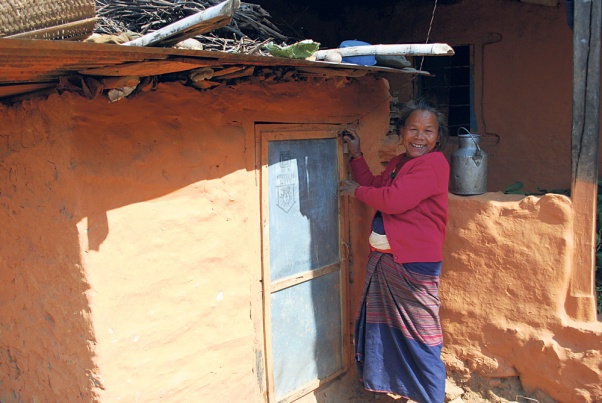Kathmandu, June 3, 2016: Nepal is celebrating the 17th National Sanitation Action Week across the country from June 5 to June 11, 2016. During these seventeen years, we have achieved remarkable improvement on basic sanitation facilities. According to the data of Nepal’s 2011 census, 62 percent of the houses in Nepal have access to toilets. This achievement has an important contribution of the National Sanitation Week campaign.
It is said that, till date, about 81 percent of Nepali people have access to basic sanitation. According to government data, 35 districts have been declared free from open-defecation. Even the youngest district, Bajura, has also been declared as the 16th Open Defecation Free district in Nepal. Bajura district is considered as one of the least developed districts in Nepal. As per Human Development Report 2014, Bajura stands 75th on the basis of Human Development Index (HDI). However, from the perspectives of basic sanitation, Bajura has made wonderful progress on sanitation. Now, there is added pressure on other urban districts and even for Kathmandu and Lalitpur districts as well.
Sanitation was an issue among just a handful of people 17 years ago. But now it has become the subject for all groups, levels and positions of the nation. The country’s president, vice-president, various politicians from the different political parties, and leaders from civil society have expressed their own commitments towards sanitation. The sanitation movement has received support from different political parties, their leaders and cadres, and social activists. This is why it has now become a political and national issue.
The National Sanitation Action Week is not limited to just a weekly program. It provides a roadmap to carry out sanitation works for rest of the 358 days. The week is one festival. The campaign runs throughout the year.
The history of basic sanitation facilities (toilets) in Nepal was very unfortunate. Till the year 1980 – that is 36 years ago – only two percent of Nepal’s population had access to toilet facility in their homes. The percentage rose to six in the year 1990. In 2000, the percentage of Nepali population having access to toilets at homes reached 30. Now the coverage is 81 percent across the country.
The campaign on sanitation also witnessed the holding of a number of meetings from central to local levels for the formulation of policies. Workshops were organized. Trainings were conducted. Various committees were formed. Governmental and non-governmental organizations moved ahead hand-in-hand. Moreover, the villages witnessed united efforts on sanitation being put in by teachers, students, parents, community, Mothers Group, Women’s Group and various political parties and social organizations.
The National Sanitation Action Week’s campaign has created a massive network in this period of 17 years. With participation of governmental and non-governmental organizations, a National Sanitation Working Committee was formed at the central level. This includes more than 56 stakeholders composed of members from the National Planning Commission, more than seven ministries, different departments, projects, organizations and consultants. The Government has launched National Sanitation and Hygiene Master Plan in 2011.
Sanitation Committees have also been set up at the local level with leadership of municipalities and VDCs. Children’s clubs have also been formed within schools. In this way, a strong network spanning out to the local level from the central and district levels has been formed in these 17 years.
Different creative ideas also came in this period of 17 years. These ideas proved to be contributive formula for sanitation. These included the School-led Total Sanitation (SLTS), Community-led Total Sanitation (CLTS), which later came to be called just Total Sanitation. Many procedures, processes and measures helped this term of 17 years of sanitation become productive.
The Nepal Government has set a goal to facilitate access to toilets at each Nepali’s home by the year 2017. According to experts, a lot of challenges need to be addressed and solved, especially in the Tarai districts. Government of Nepal, Global Sanitation Fund Program and stakeholders have been implementing effective programs and actions focused on eight districts of the Tarai region to declare them as open defecation free zones. The 17th National Sanitation Action Week aims to be a milestone for promoting and bringing result for toilets construction not only in Tarai region but all over the country. The aim is to accomplish the goal of providing basic sanitation facility to each and every home in Nepal by 2017.
By Dinesh Kharel







